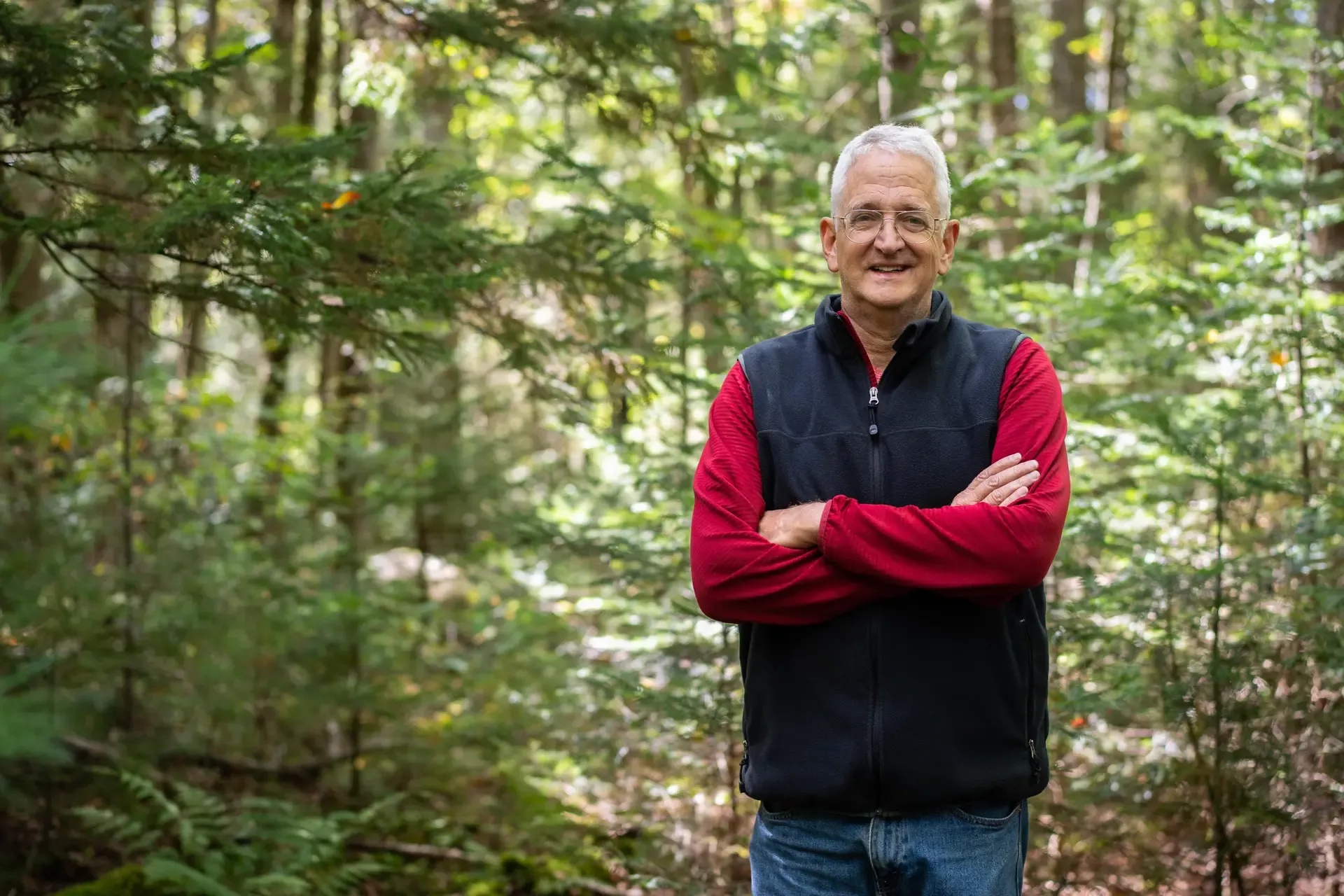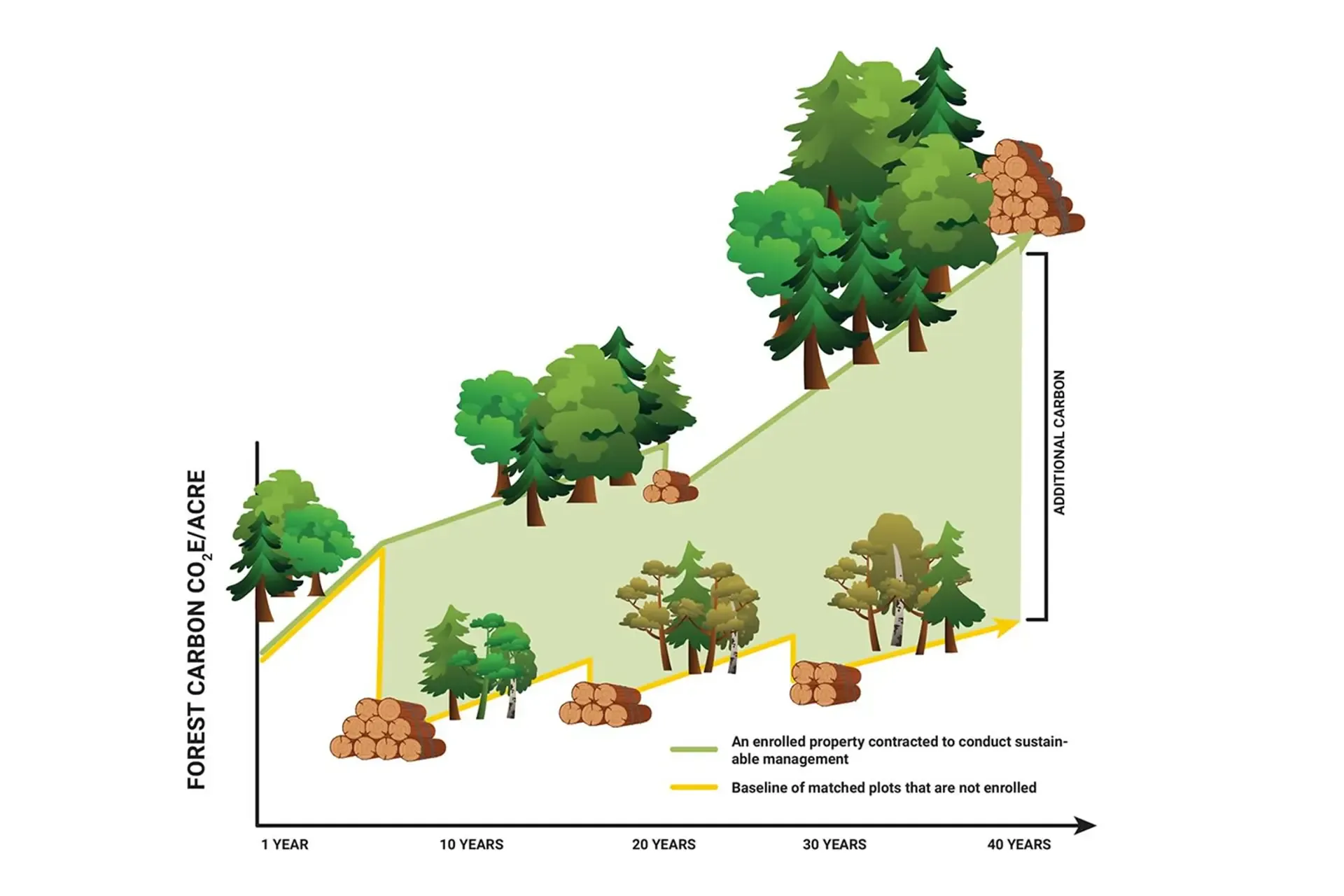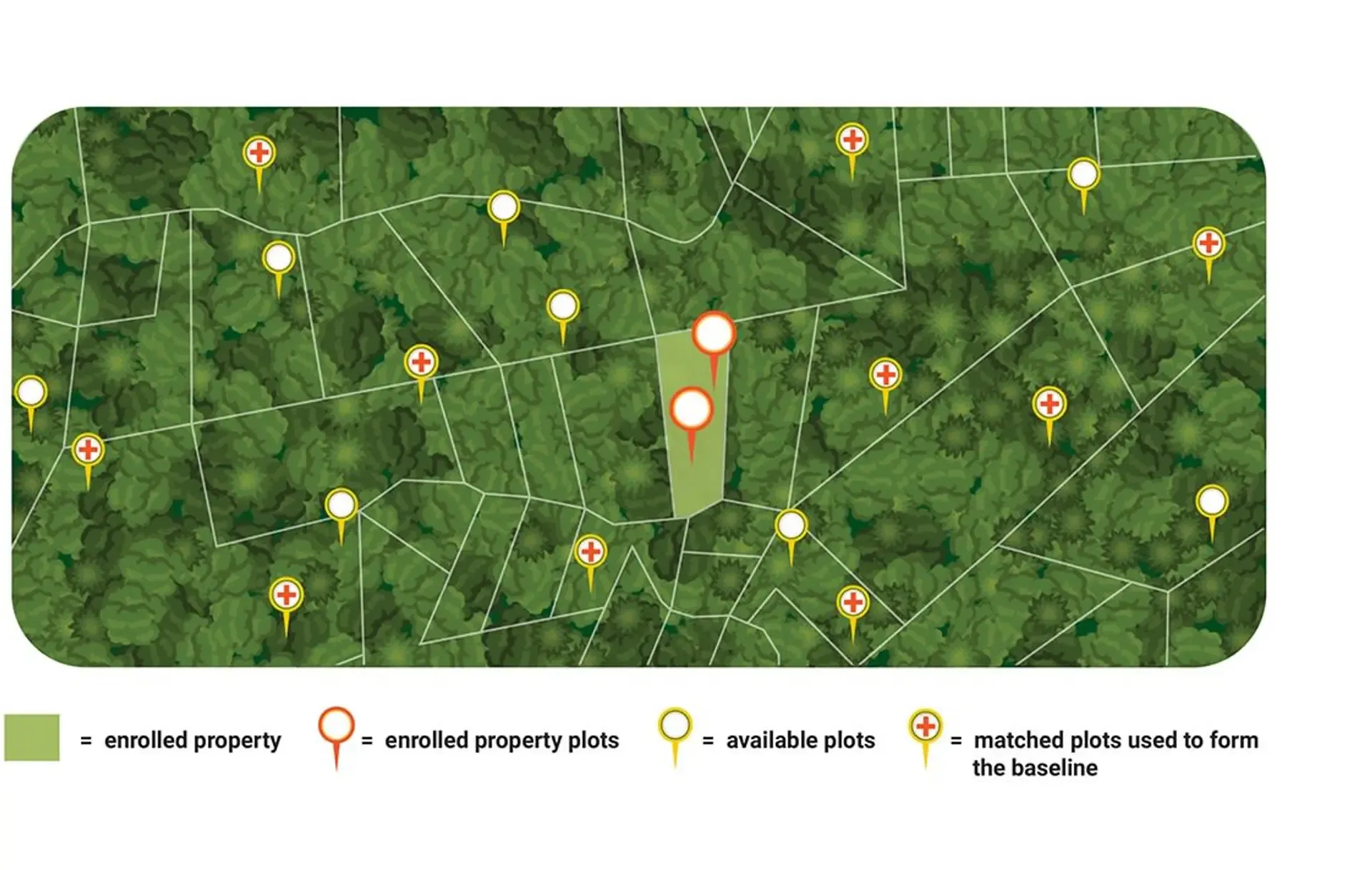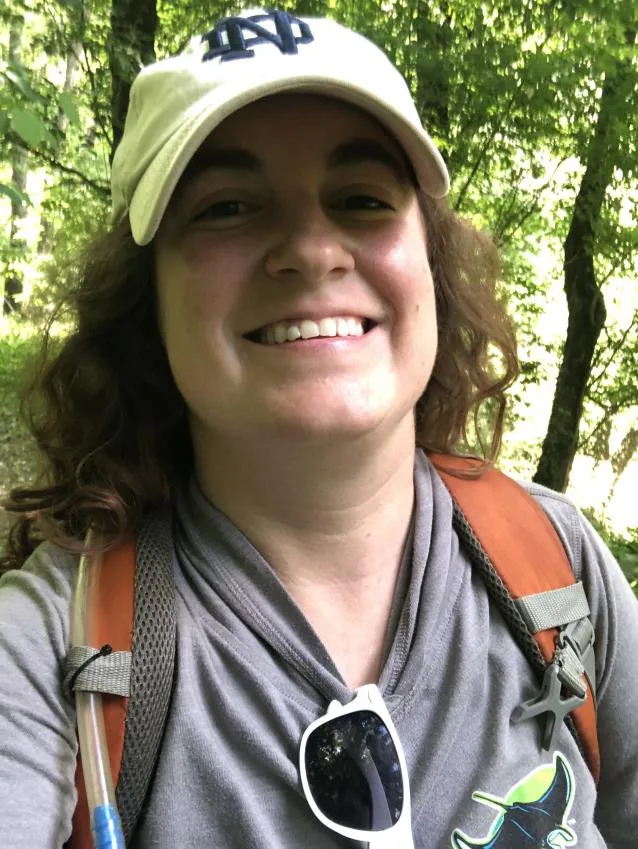Five Principles of Natural Climate Solutions

The urgency of the climate crisis demands that we use every available tool in our toolbox—and that we wield them skillfully. We know that natural climate solutions are absolutely necessary to clear a path in reaching the Paris Agreement’s 1.5-degree threshold. With significant skepticism remaining around natural climate solutions and funding these solutions using the voluntary carbon market, it is more important than ever to define the measurable impacts that these projects make in climate change mitigation. Defining what constitutes real, high-integrity natural climate solutions (NCS) is critical so we can implement these projects effectively.
A newly released paper, The Principles of Natural Climate Solutions, authored by The Nature Conservancy among other leading organizations in conservation, details five foundational principles and 15 operational principles for practical implementation of high-integrity NCS projects. By adhering to these principles, practitioners can activate effective and durable natural climate solutions, enabling the rapid and wide-scale adoption necessary to meaningfully contribute to climate change mitigation. The paper states that true natural climate solutions must be nature-based, sustainable, climate-additional, measurable, and equitable. AFF’s Family Forest Carbon Program is listed as the “NCS Exemplar,” fulfilling all five principles that embody a NCS project of the highest integrity. Family forest owners are on the front lines of climate mitigation, protecting the health and wellbeing of our woodlands. The Family Forest Carbon Program (FFCP) approaches every aspect of our operations with an eye on science-based integrity, accountability, and transparency to ensure our impact benefits our nation’s forests and the families that steward them.
Equipped with The Principles of Natural Climate Solutions, carbon project developers can maximize their climate impact, all while centering the needs of the communities that care for our planet’s natural resources. Take a look at how FFCP fulfills each of the paper’s five foundational principles, producing the highest quality carbon credits and unlocking the climate mitigation potential of America’s family forests.
Principle 1: Nature-based
Natural climate solutions are rooted in responsible human stewardship of ecosystems, preserving their natural state where they currently exist.
All FFCP practices include critical safeguards that ensure they are protecting wildlife habitat while creating water and air quality benefits. Our practices ultimately aim to increase forest health and resiliency, positively contributing to the native biodiversity. FFCP partners with landowners to implement forest management activities that best fit their forest types and the goals for their property, all while storing additional carbon from the atmosphere.
Tim Stout, Vermont-based landowner enrolled in FFCP, sees his participation in the program as “a core element of my urgent goal to preserve our forests and mitigate climate change so my grandchildren (and their grandchildren) can enjoy this farm and the rest of Vermont the way that our family has enjoyed them over the last 80 years.” Enrolled landowners like Tim receive technical assistance and expertise from professional foresters to care for their land through removing invasive species, increasing wildlife habitat, and prescribing improved forest management techniques to increase their forest’s carbon sequestration capacity.

Tim Stout, an FFCP enrolled landowner from Vermont, stands in the woods he proudly stewards.
Principle 2: Sustainable
Natural climate solutions offer real, near-term climate mitigation that reduces the threat of climate change, preserves biodiversity and conserves the ecosystems’ ability to help adapt to future climate changes while supporting thriving economies and healthy communities.
By empowering family forest owners to protect the health of their trees and native species, FFCP’s interventions contribute to increased water quality, higher air quality and healthier wildlife habitat across enrolled properties. These core benefits will help preserve wildlife species and mitigate the effects of changing weather patterns in the future.
Offering real, near-term climate mitigation, natural climate solutions reduce the threat of climate change while supporting thriving economies and healthy communities. Enrolled landowners can generate revenue from their land so they can build a better future for themselves, their families and their communities. With access to networks of support, expert opinions and overall stewardship assistance, family forest owners can be more confident in carrying out sustainable practices over the long-term, leading to long-term benefits for them and their lands.
Take Susan Benedict for example. Susan tells us that “it’s expensive to put up deer fence [and maintain the property]. Our tax bill is pretty large; all this adds up pretty quickly.” By providing guaranteed annual payments for landowners to preserve their lands, we can help reduce the stresses caused by property tax payments, forest management, and other unforeseen costs of property ownership. While enrolled, the forest will also benefit the land and increase overall carbon sequestration and storage. The work Susan has been doing on her land, including enrolling in FFCP, is paying off. Beavers had not been on her family’s property since heavy logging in the 1990’s forced them to relocate. However, in the past few years the beavers have returned to the same meadow that they inhabited decades ago and got straight to work earning their stay.
Principle 3: Climate-additional
Natural climate solutions do not replace efforts to reduce emissions. Instead, they should generate unique, additional, lasting climate benefits that wouldn’t have occurred without human action.
Our first-of-its-kind matched dynamic baseline carbon accounting methodology tracks the measurable impact FFCP’s climate-smart forestry practices make on the atmosphere. We compare forest growth on enrolled properties to the growth occurring in similar, nearby unenrolled forests. We’re able to then measure with accuracy the difference in carbon capture between enrolled and unenrolled plots to determine the additional climate benefit that our program generates.

An enrolled property can sequester and store more carbon by supporting healthier forests.

Principle 4: Measurable
Projects that generate a positive climate impact must be consistent, transparent, and measurable while maintaining accuracy and quantifiability.
By working closely with standards bodies like Verra and reputable conservation and climate action partners like The Nature Conservancy and TerraCarbon to develop new, innovative methods using dynamic baselines, FFCP is committed to using the best available science to ensure real climate impact. Following the Verified Carbon Standard, we also are independently verifying our projects through accredited third-party validation/verification bodies and abiding by any US government guidance to avoid double counting and maintain consistency across all practices.
We cannot understand how natural climate solutions are contributing to making a positive climate impact unless we measure how much carbon they are reducing and removing. We have fully and transparently vetted our methodology to ensure our carbon program makes a real, measurable impact.
Principle 5: Equitable
Climate action must include diverse groups while respecting and valuing their unique culture, knowledge, rights and self-determination.
Natural climate solutions must foster a just and inclusive approach to benefiting the climate, as well as communities, particularly historically underserved and underrepresented populations like black and indigenous landowners. During AFF’s 2023 Fly-In, Chris Carr, co-founder of Black Land Ownership, explained to U.S. legislators that he was significantly delayed in moving onto his property because he did not have access to educational resources that could help him learn how to manage his land. He said that “the only reason I was able to figure this out was because someone walked me through it.” Central to FFCP’s approach is constantly exploring opportunities to work with underserved and indigenous peoples to identify ways in which our practices and methodology can be used or adapted to ensure more equitable access to the support these landowners need to create the most benefit to their woodlands and the communities that steward them.
FFCP’s recognition as the “NCS Exemplar” in The Principles of Natural Climate Solutions is an indication of our commitment to empower family forest owners to care for their land and fight climate change. We are certain the voluntary carbon market is the most financially viable mechanism to activate natural climate solutions at the scale needed to reach our global climate goals. And, by adhering to these principles, we can fully and transparently embrace nature to help us tackle the climate and biodiversity crises.
Related Articles

January 23, 2024
New Paper Clears the Way for Action by Articulating Principles of Natural Climate Solutions
The Nature Conservancy (TNC) has released a scientific paper outlining five key principles crucial for the global implementation of natural climate solutions (NCS).

March 10, 2023
VIDEO: Our Carbon Accounting Methodology Explained
Learn more about the Family Forest Carbon Program's carbon accounting methodology that improves accuracy and transparency — and ensures our program is having a real impact.

July 1, 2025
Forester Spotlight: Sarah Cawood
We’re excited to highlight Sarah Cawood, a dedicated forester with the Family Forest Carbon Program (FFCP) who brings enthusiasm, experience, and a strong commitment to conservation to her work.